
Postcard of the Lawrence Opera House |

The Lawrence Opera House |

The B&L bridge across the Merrimack under construction |

The B&L train bridge across the Merrimack completed in 1880 |

Lawrence Opera House on Essex St. from Lawrence St. |
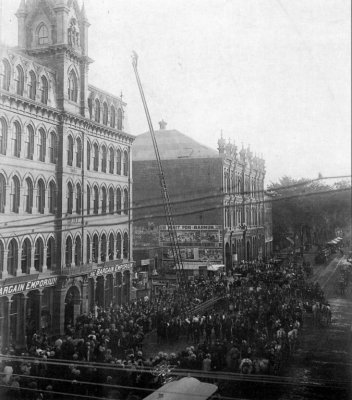
Odd Fellows Building and Lawrence Opera House |

1881 Seating Chart for the Opera House |
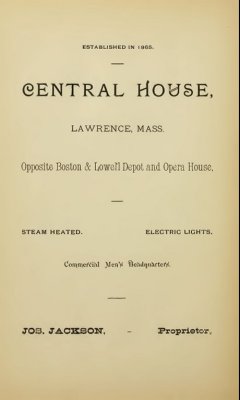
1880s ad in the Gazetteer |

Postcard of Essex St. from Amesbury St. |
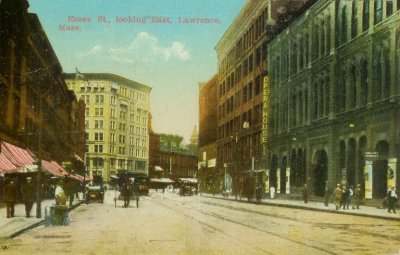
Postcard of Essex St. from Amesbury St. |

Ad for Opera House in Cahn's Guide |
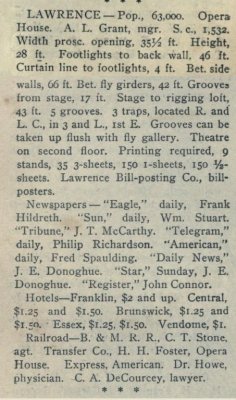
1901 Opera House entry in Cahn's Guide |
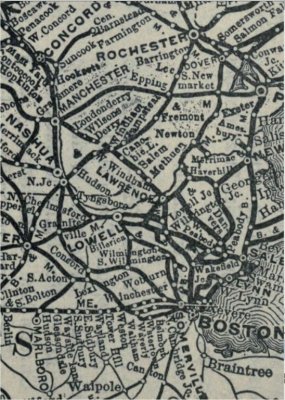
1901 B&M RR map from Cahn's Guide |
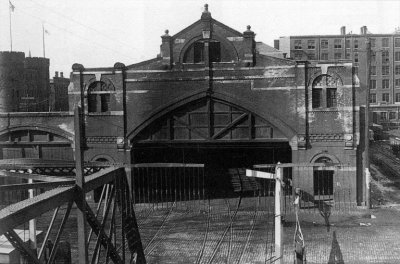
B&M (B&L) depot train shed behind Opera House |
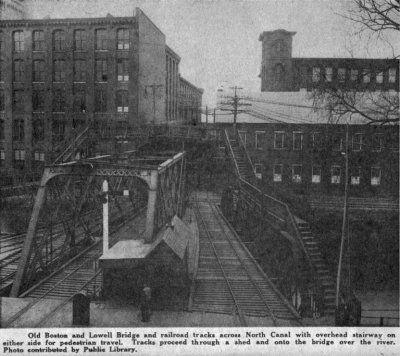
B & L bridge over North Canal |

Essex and Lawrence Streets |
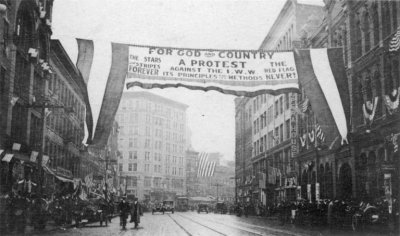
Essex St. 1912 |

Essex St. from Amesbury St. 1912 (Opera House on right) |

Construction of the Central Bridge |
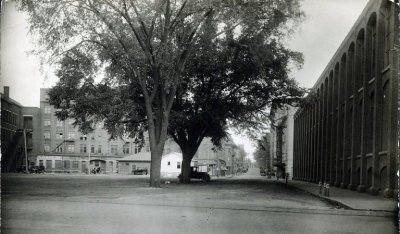
Lawrence St. from Canal |

View up Amesbury Street from Canal St. |

View across Amesbury St. east on up Canal St. |
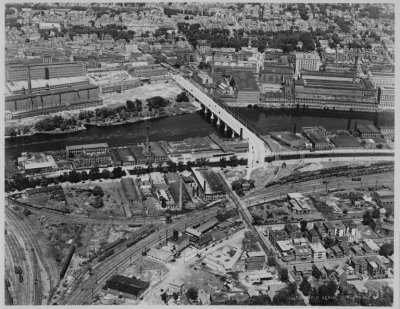
Aerial view of Central and B&L bridges |
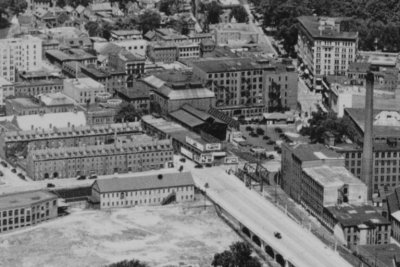
Aerial view of Railroad depot and Opera House |
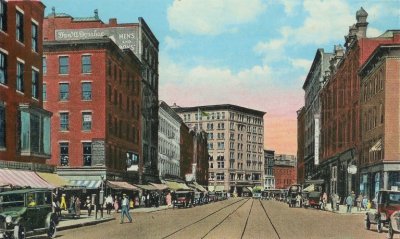
Postcard of Essex St. from Amesbury St. (Rialto on right) |

view east down Essex St from NW corner at Amesbury St. |

Postcard of the (new) South Lawrence B&M Station |

Essex St. looking West from Bay State Building on Lawrence St. |

W.T. Grants at 350 Essex St. |
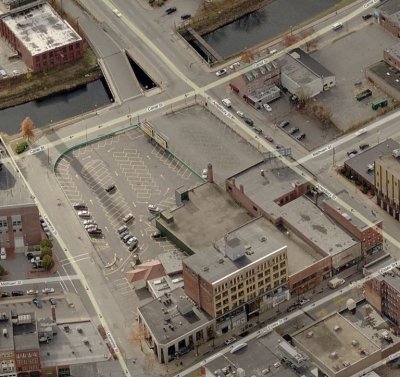
The Lawrence Opera House site today |











